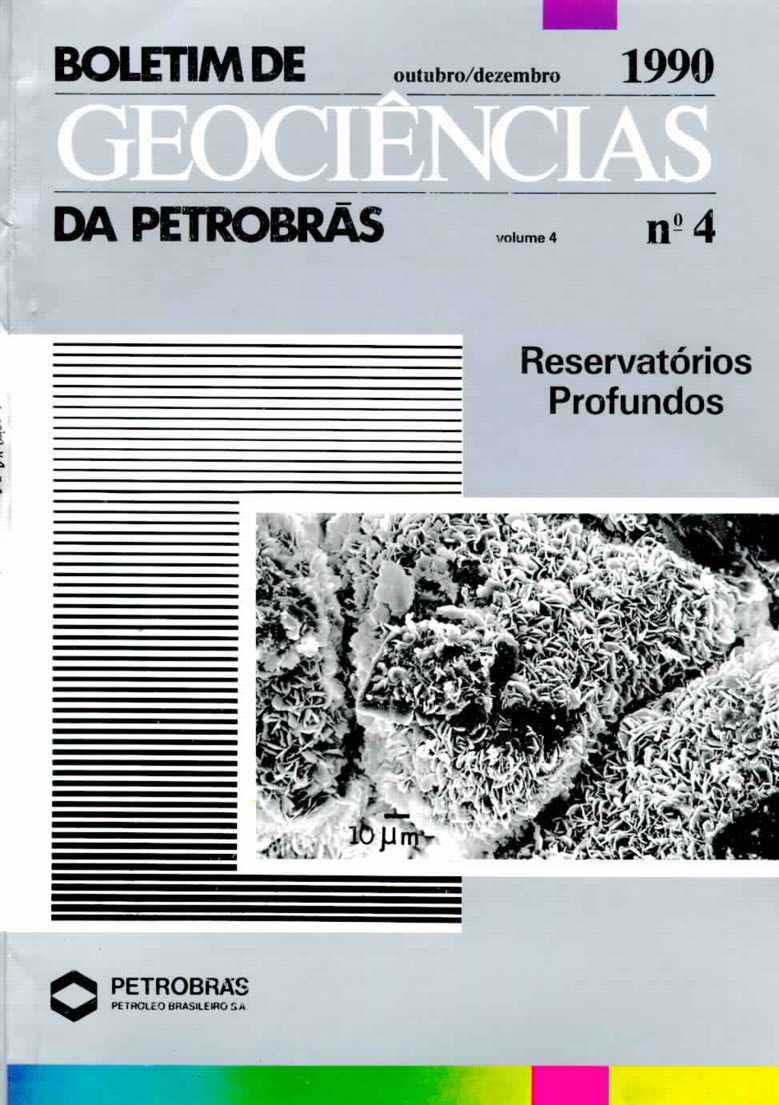Deep reservoir of the Pendência Formation, Pescada Field, Potiguar Basin: porosity potential and controlling factors
Abstract
The arkoses and sub arkoses of the Pendência Formation form oil and gas reservoirs at depths greater than 3,400 m in the Pescada Field, Potiguar Basin. Depositional environment, framework composition, and burial history were the major controls on diagenesis and reservoir quality. Chlorite, calcite, and quartz and feldspar over growths are the main cements. Depositional environment played an important role in the course of eodiagenesis. Fluvial channel, delta-front, and lacustrine rhythmite facies were submitted to different geochemical conditions during eodiagenesis. In fluvial channels, under saturated fresh waters prompted early dissolution, while diagenesis in the delta-front and turbidity sandstones can be explained as a result of the flow of lacustrine connate water saturated in Mg, Fe, and Ca in a strongly reducing environment. Fluvial reservoirs display the best porosities and permeabilities, and quartz/feldspar over growths and late chlorite the main cements. Delta-front reservoirs present high microparosity as well as the lowest permeabilities, due to high early chlorite content. Lacustrine rhythmites are strongly cemented by calcite. The high chlorite content in the reservoirs causes several problems in evaluations based on introduction logs. High microporosity values and amounts of irredutible water may lead to high water saturation and problems in definig the oil/water contact.
Downloads
Published
Issue
Section
License
This license enables reusers to distribute, remix, adapt, and build upon the material in any medium or format, so long as attribution is given to the creator. The license allows for commercial use.




